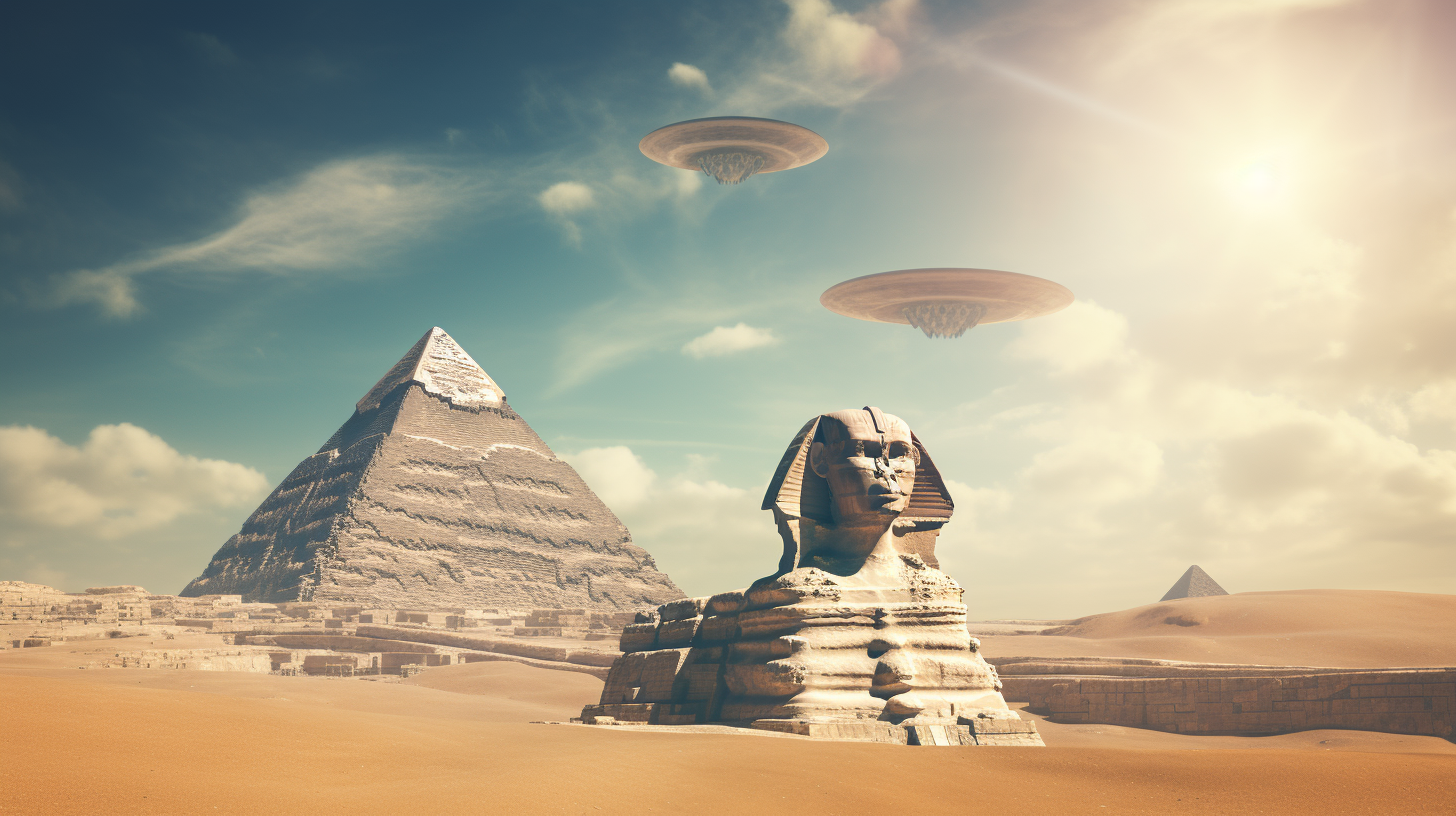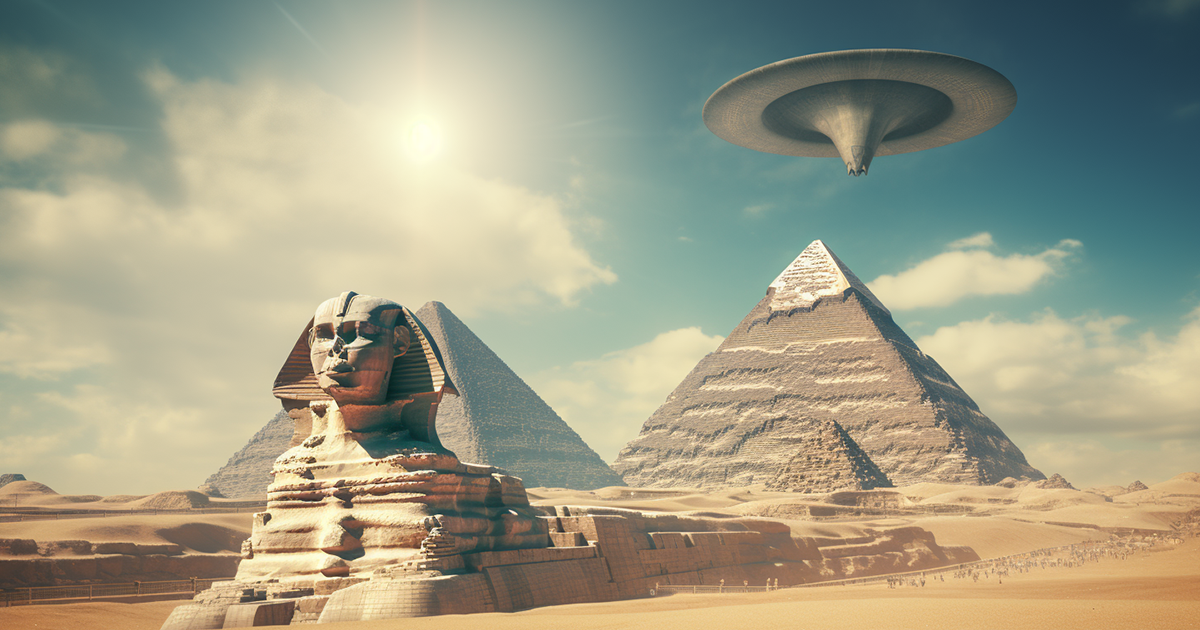Embedded in the eternal sands of Egypt rests a splendid figure that has captivated the thoughts of individuals globally for centuries. An emblem of the brilliance and innovation of ancient civilizations, the Great Sphinx of Giza, with its enigmatic gaze and imposing stature, continues to intrigue and puzzle those who encounter it. Despite admiration for its magnificence and conjectures on its origins, the true purpose behind this iconic edifice remains shrouded in secrecy.
Erected over 4,500 years ago, the Great Sphinx is a remarkable fusion of human and feline attributes, showcasing a lion’s body and a man’s head. Commonly believed to depict the pharaoh Khafre, whom it guards alongside his pyramid, the elaborate formation of the Sphinx has engendered diverse explanations and suppositions among scholars and archaeologists.
One of the intriguing enigmas encircling the Great Sphinx revolves around the perceived disproportion between its colossal body and its relatively diminutive head. This peculiarity has led academics to contemplate whether the monument was initially intended to represent an entirely different entity. Some notions propose that the head may have been altered at one point in history, obscuring its true essence and purpose.

Another theory postulates that the Great Sphinx might have served a function beyond safeguarding regal tombs. Certain scholars suggest that it could have held importance in astronomy, aligning with celestial bodies or acting as a marker for significant celestial occurrences. This concept is bolstered by the Sphinx’s alignment with the ascending sun during the vernal equinox, a rare phenomenon occurring only twice annually.
Furthermore, recent archaeological discoveries have unveiled vestiges of hidden chambers and passages beneath the Sphinx, sparking speculations about concealed revelations lying within its core. Could these subterranean pathways unveil the authentic purpose of this ancient wonder? Or do they merely introduce an additional stratum of mystery to an already captivating enigma?
Even though the riddles of the Great Sphinx may never be completely unraveled, the allure of this ancient monument persists in enchanting and stimulating minds. Its mystifying presence stands as a tribute to humanity’s ceaseless quest for wisdom and perception amidst uncertainties. As we contemplate its weathered visage, we are urged to ponder the enduring enigmas of antiquity and the wonders that the future holds in store.
